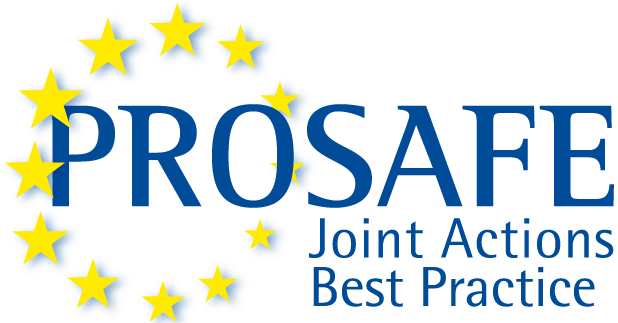EEPLIANT3 - Work Package 6 - Concerted actions on new and arising issues posing challenges to market surveillance and enforcement
Work Package Leader: National Agency for New Technologies, Energy and Sustainable Economic Development, Italy
Work Package Coordinator: vores bureau, Denmark
Scope
To investigate and possibly support the solution of known and emerging issues linked to current and new risks, standards or product legislation, and products or technologies detected on the market that hinder effective and enforceable market surveillance. Our aim is to specify how such challenges can be illuminated or tackled in order to remove roadblocks to market surveillance.
Objective
Market surveillance inspectors increasingly encounter challenges with verifying compliance of regulated products. Challenges range from very simple ones, like the way to select random specimen for verification testing purposes, to challenges related to very large products assembled in-situ where traditional laboratory test methods cannot be applied ― if the product models can even be located.
This Work Package is being designed to be able to take action through the setting up of dedicated task groups on the identified issues for market surveillance raised for the entire duration of the Concerted Action by members of the two relevant ADCO groups.
Work Plan
This work package id addressing some of the challenges faced by MSAs in conducting and enforcing market surveillance, to suggest specific ways to overcome them. Some of the possible known challenges are:
- Obtaining a random specimen for verification testing in laboratory: Many industry products are not available from stock, and even only produced to order. If testing cannot be conducted on a randomly selected specimen, without involving the manufacturer/legal representative, then the independence and validity of the test result could become compromised. Aim is to identify which procedures/actions can be applied in such cases;
- Large products/systems: open issues are to identify laboratories capable of testing such products, possibilities for MSAs to identify when the product is “placed on the market” and where to locate these products;
- Batch compliance: Market surveillance at present is based on technical document inspection and laboratory testing of very few specimens of a specific product model(s), could be as low as one. But, how can we assure that the documentation evaluated or model specimens tested actually represents the model which specimens from mass production are often produced in different years?
- Software updates: increasingly relevant as more and more product types are controlled by software that can be (regularly) updated. The product specific ecodesign regulations and the energy labelling framework legislation set new provisions in this respect: if updating of software causes detriment compared to what is indicated on the label or of any other declared parameter, end-users must be given the option of accepting or refusing the update without (major) effects on the product performance. Possibilities to inspect products to verify the conformity with these demands could be explored;
- Verification testing of complex products: what measures can be used by MSAs if the suppliers do not supply the necessary information on settings, etc. Should a standardised testing approach (test conditions/standard settings) be defined in order to overcome this situation?
- New regulations, new standards, with provisions or clauses being vague or ambiguous that enforcement is not possible, or allowing products to escape from a regulation completely by being out of the regulation scope;
- Defeat devices and circumvention, understood as product design or features, or specific alteration of the configuration existing only to fulfil verification testing;
- Use and meaning of the Declaration of Identity: declarations of identity are often used by manufacturers to connect the test report in the technical documentation used for the conformity assessment to a specific model, but how can MSAs take properly into consideration this declaration if uncertainty exists on who should prepare it and what it should include?
Participants
6 Market Surveillance Authorities and 5 other organisations from the following 9 countries: Austria, Belgium, Czech Republic, Denmark, Italy, Latvia, the Netherlands, Portugal, and Spain.
